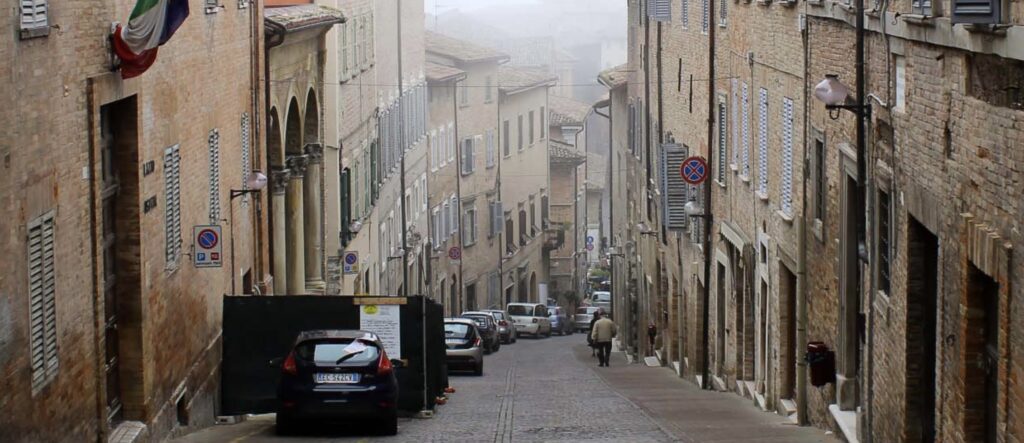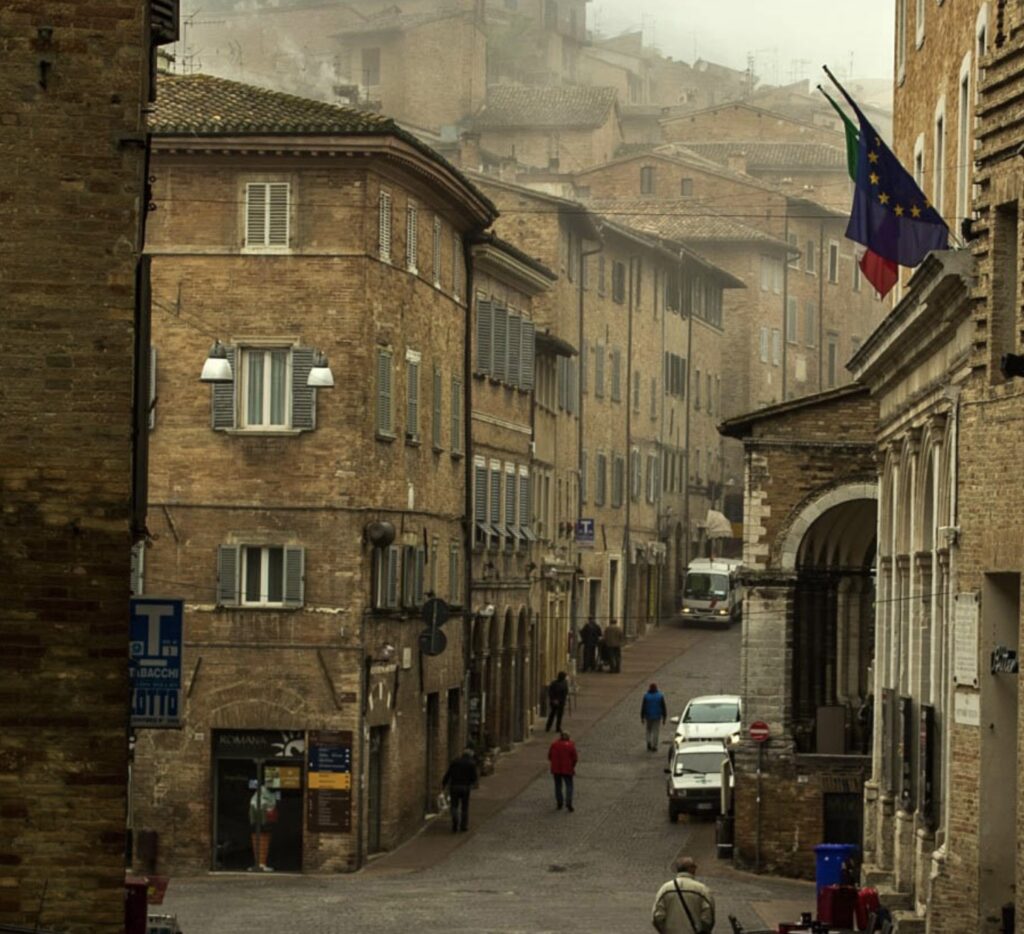ChatGPT:
Urbino is a picturesque town located in the Marche region of central Italy. Known for its well-preserved Renaissance architecture, Urbino is a UNESCO World Heritage Site. The town’s most notable landmark is the Ducal Palace (Palazzo Ducale), a masterpiece of Renaissance architecture that now houses the National Gallery of the Marche, featuring works by renowned artists such as Raphael and Piero della Francesca.
Urbino is also famous as the birthplace of Raphael, one of the great masters of the Renaissance. The town is characterized by its steep, winding streets, medieval buildings, and a lively university atmosphere, thanks to the University of Urbino, which was founded in 1506. The surrounding landscape is dotted with rolling hills and offers stunning views of the Italian countryside. Urbino’s rich cultural heritage, charming streets, and vibrant arts scene make it a unique and captivating destination.
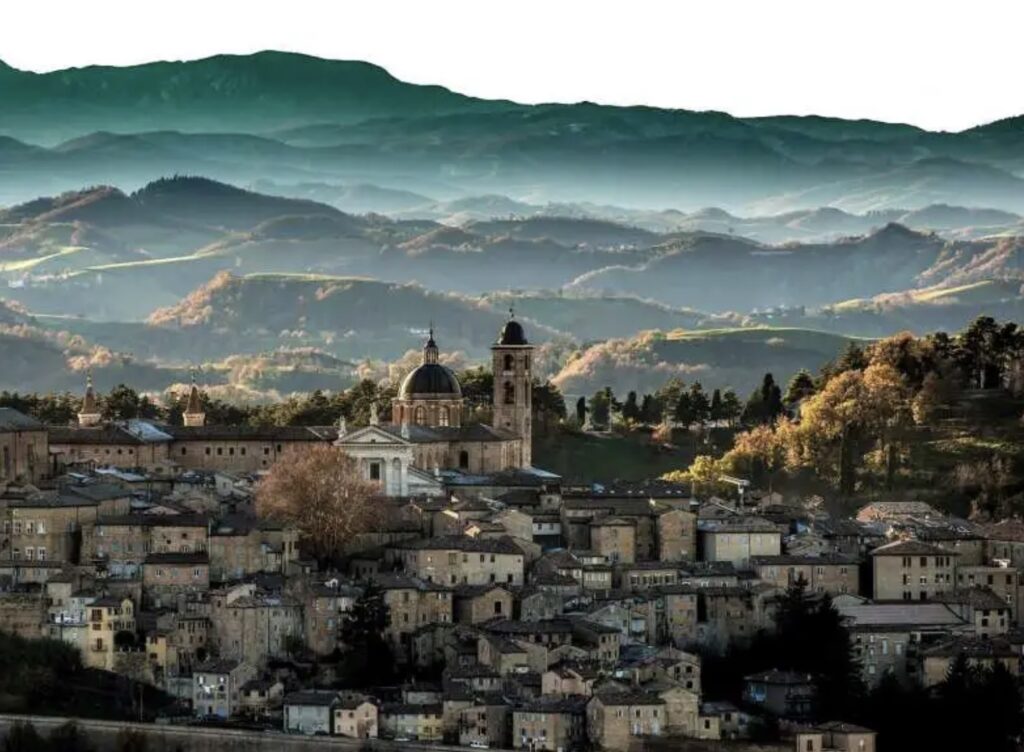
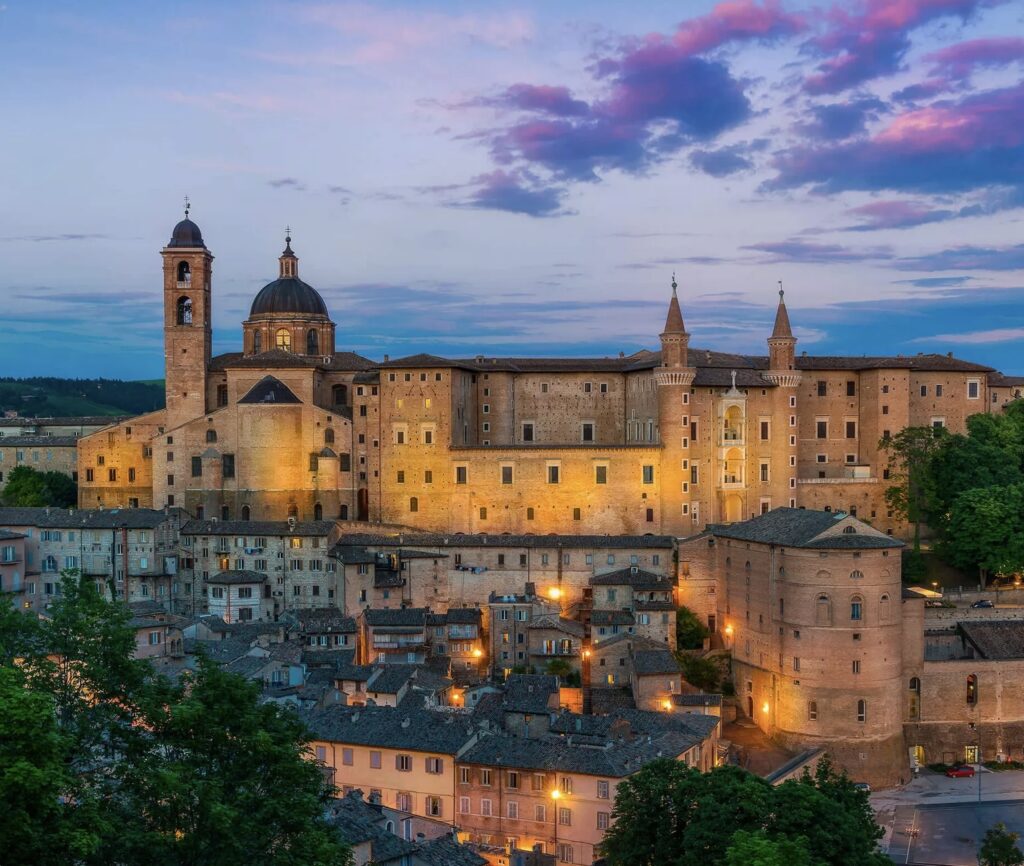
Urbino’s origins trace back to ancient times, with evidence of settlement by the Umbrians, a pre-Roman people. During the Roman era, Urbino was known as Urvinum Mataurense, a modest town that gained some prominence due to its strategic location along the Via Flaminia, a major Roman road.
The town’s history took a significant turn in the Middle Ages when it became a fortified stronghold. In the 12th century, Urbino came under the control of the Montefeltro family, who would play a crucial role in its development. The Montefeltro dynasty, particularly under the rule of Federico da Montefeltro in the 15th century, transformed Urbino into a center of Renaissance culture and learning. Federico, a condottiere (mercenary leader) and a humanist, commissioned the construction of the Ducal Palace, inviting artists, architects, and scholars to his court. This period saw the flourishing of art, architecture, and education, making Urbino one of the leading cultural centers of the Renaissance.
Federico’s court attracted luminaries such as Piero della Francesca and Raphael, the latter born in Urbino in 1483. The Ducal Palace, designed by Luciano Laurana and Francesco di Giorgio Martini, became a symbol of Renaissance ideals with its elegant design and sophisticated artistic decorations.
The decline of the Montefeltro family in the late 16th century marked the beginning of a quieter period for Urbino. The town eventually became part of the Papal States in the early 17th century and remained under papal control until the unification of Italy in the 19th century.
Throughout its history, Urbino has maintained its Renaissance heritage, with its urban layout and architecture largely preserved. The University of Urbino, founded in 1506, has continued to be a significant cultural and educational institution, contributing to the town’s vibrancy and intellectual life.
Today, Urbino is celebrated for its historical significance, artistic heritage, and picturesque landscape, attracting visitors from around the world who come to explore its rich past and admire its Renaissance treasures.
Here are some of the key sites:
- Ducal Palace (Palazzo Ducale):
- Description: This Renaissance masterpiece, commissioned by Federico da Montefeltro, is one of Urbino’s most iconic landmarks. The palace features elegant courtyards, grand halls, and intricate decorations.
- Attractions: The palace houses the National Gallery of the Marche, which includes works by Piero della Francesca, Raphael, and other Renaissance artists.
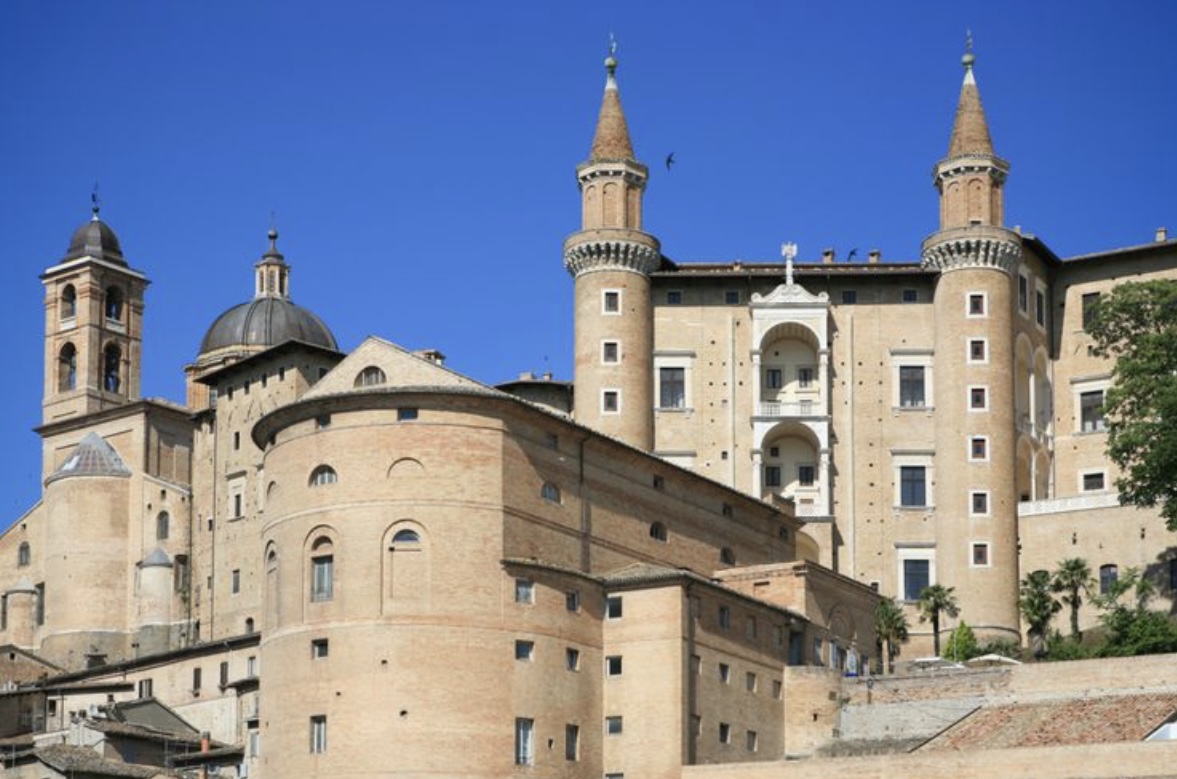
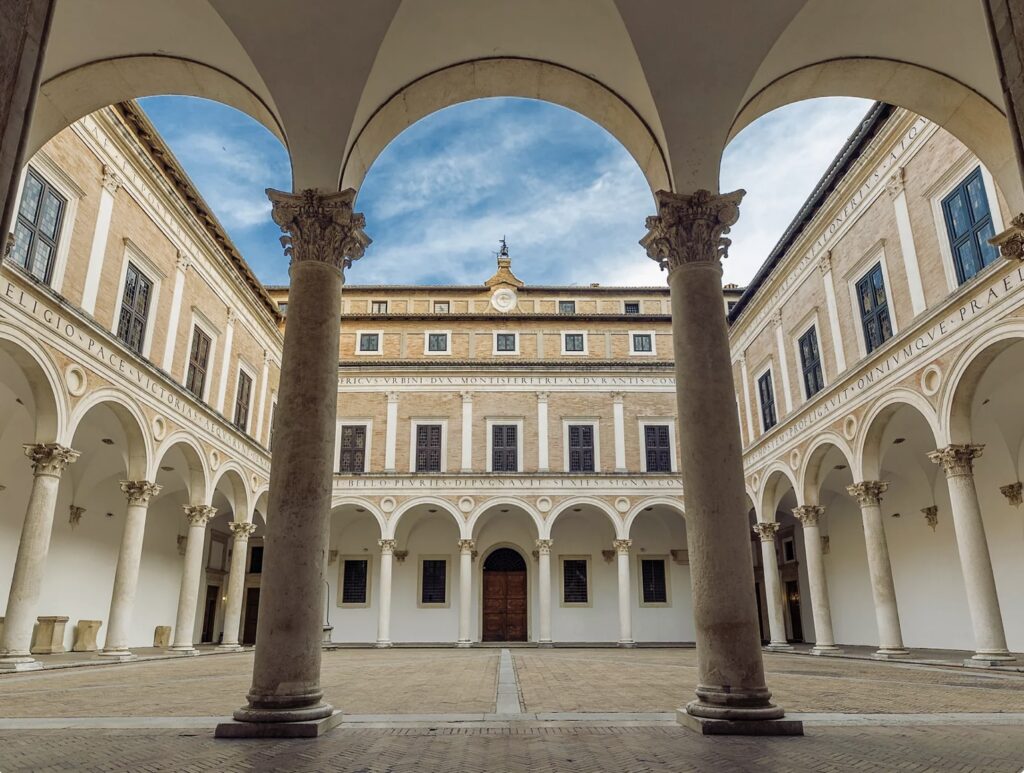
- Urbino Cathedral (Duomo di Urbino):
- Description: Located next to the Ducal Palace, this neoclassical cathedral was rebuilt in the 18th century after an earthquake. It stands on the site of an earlier 15th-century structure.
- Attractions: The interior features beautiful artworks, including “The Last Supper” by Federico Barocci.
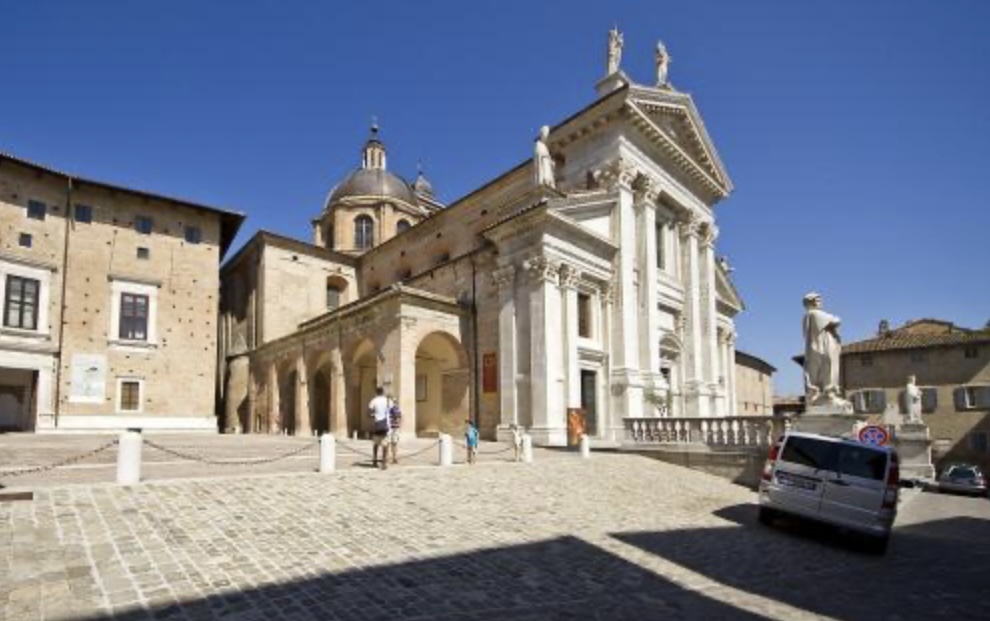
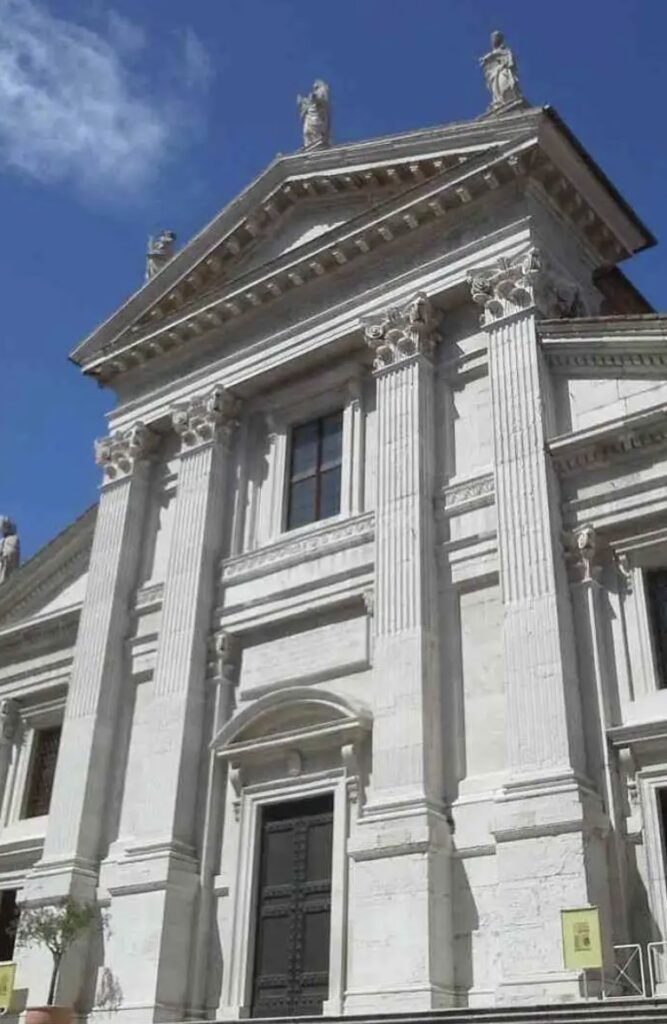
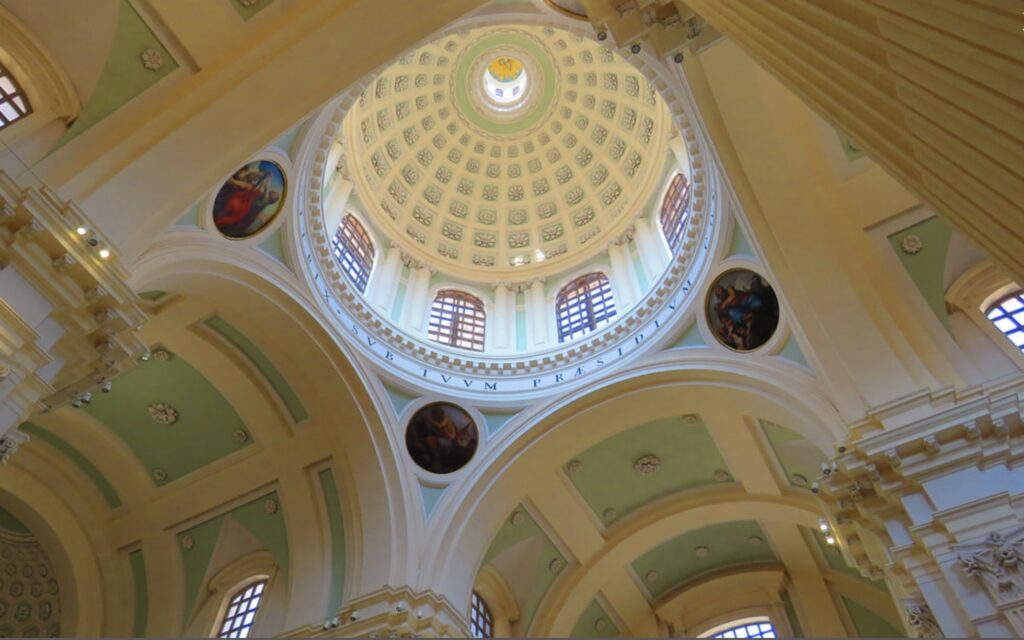
- Casa Santi (Raphael’s House):
- Description: This is the birthplace of the famous Renaissance painter Raphael. The house has been converted into a museum dedicated to his life and works.
- Attractions: Visitors can see early works by Raphael and explore exhibits related to his artistic legacy.
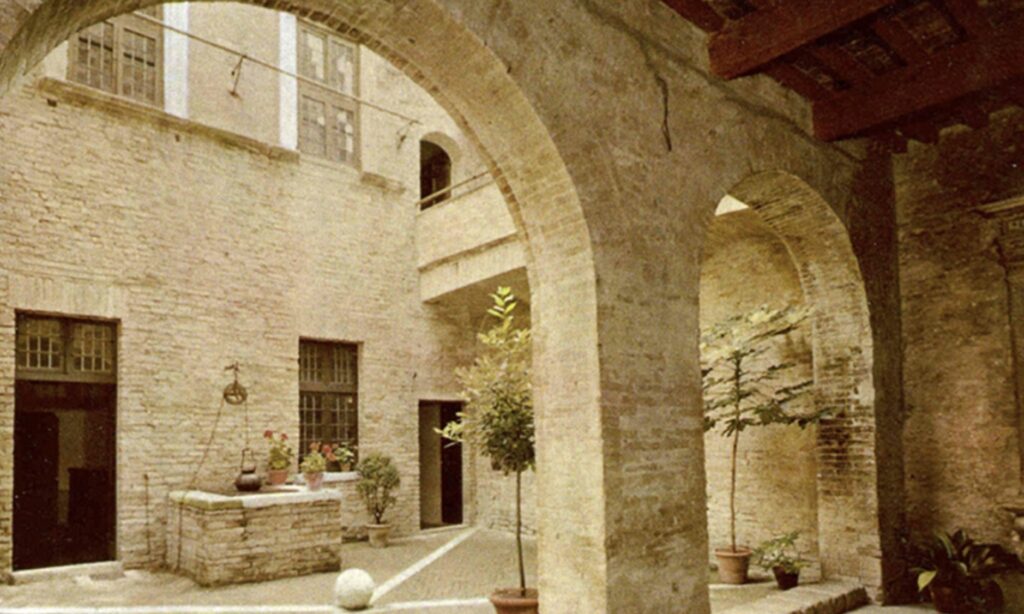
- Oratory of St. John the Baptist (Oratorio di San Giovanni Battista):
- Description: This small oratory is renowned for its stunning frescoes by the brothers Lorenzo and Jacopo Salimbeni, depicting scenes from the life of St. John the Baptist.
- Attractions: The vivid frescoes are a highlight, showcasing intricate details and vibrant colors.
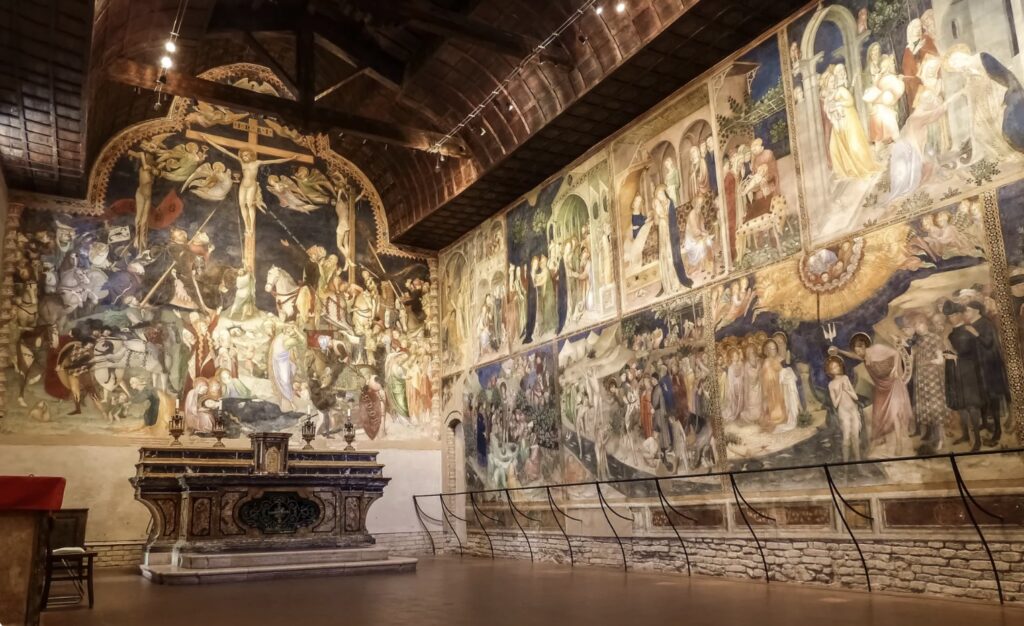
- Albornoz Fortress (Fortezza Albornoz):
- Description: Built in the 14th century, this fortress offers panoramic views of Urbino and the surrounding countryside. It was part of the town’s defensive structures.
- Attractions: The fortress is a great spot for photography and enjoying the scenic landscape.
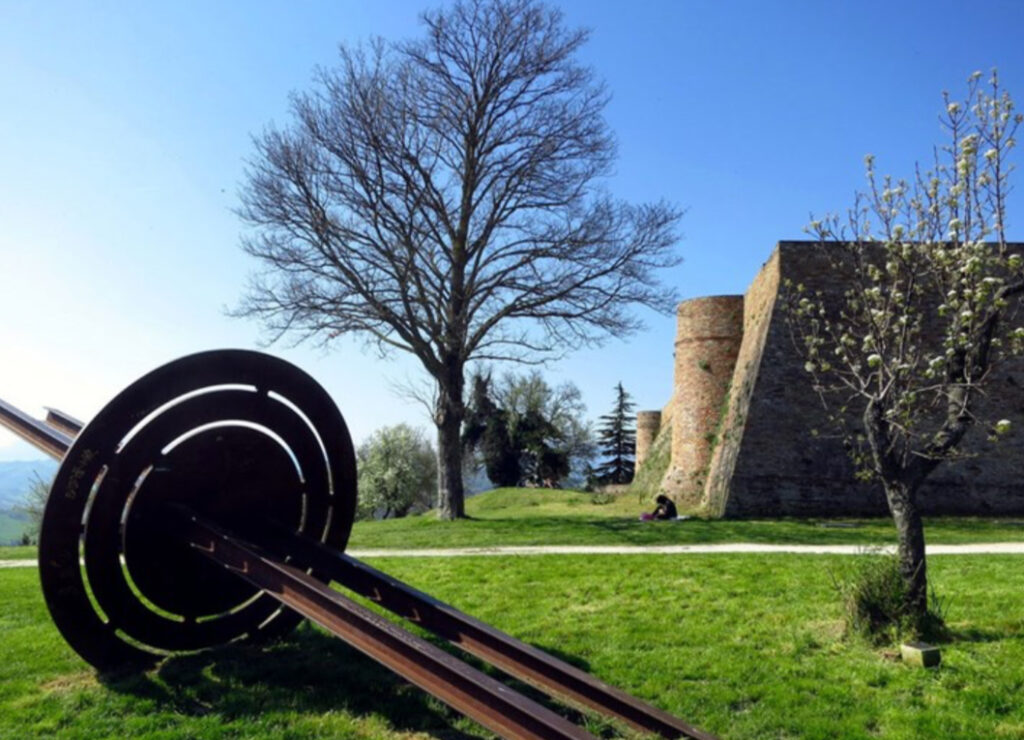
- Oratory of St. Joseph (Oratorio di San Giuseppe):
- Description: Another oratory in Urbino, known for its baroque decorations and a striking nativity scene by Federico Brandani.
- Attractions: The nativity scene is a particularly notable feature, with detailed and expressive figures.
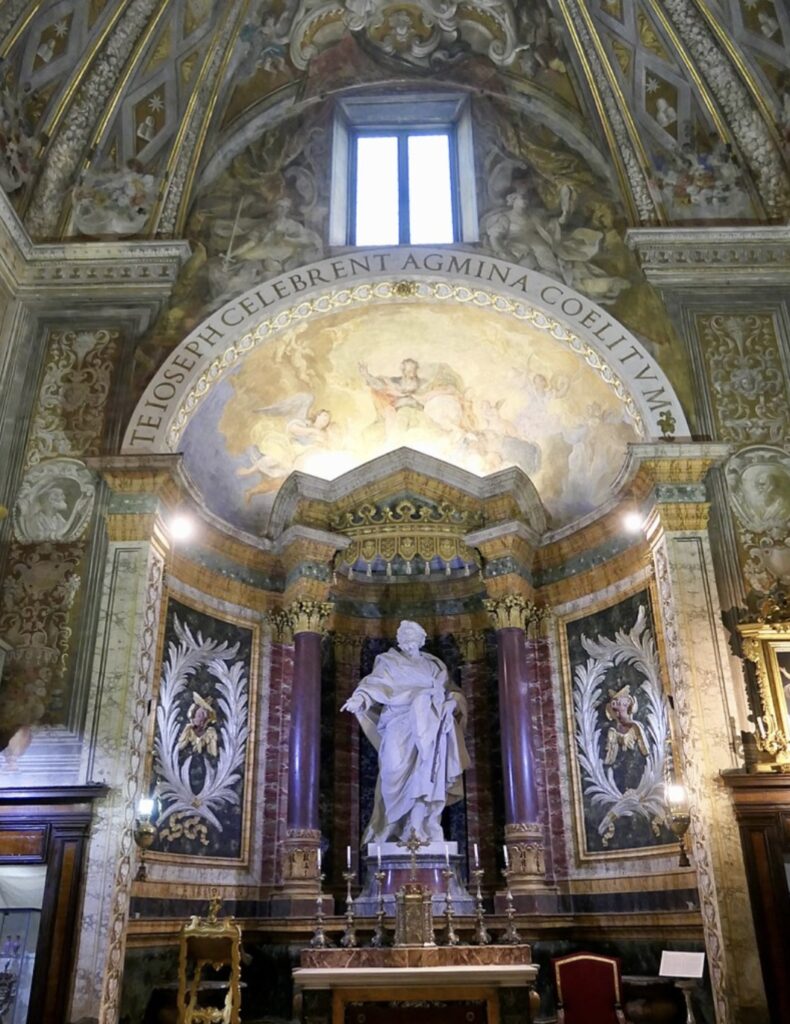
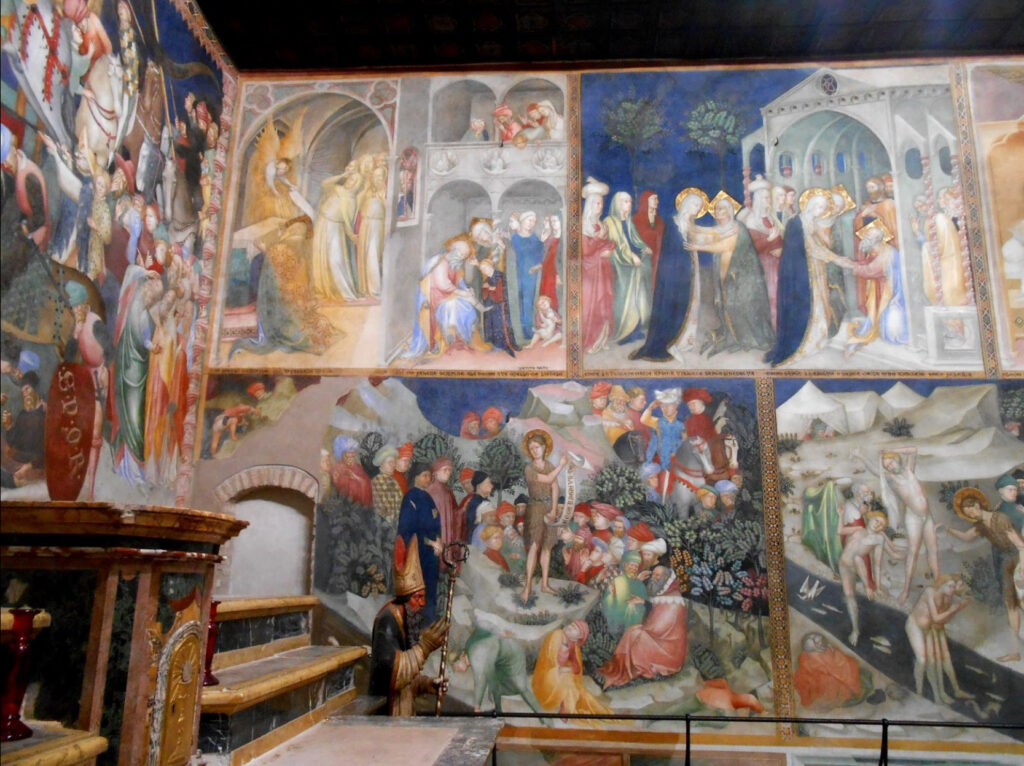
- University of Urbino:
- Description: Founded in 1506, the university is an important cultural and educational institution. Its historic buildings are scattered throughout the town.
- Attractions: Visitors can explore the university’s various historic buildings and enjoy the vibrant academic atmosphere.
- Church of San Bernardino (Mausoleum of the Dukes):
- Description: Located just outside the town, this church was built by Federico da Montefeltro as a mausoleum for his family.
- Attractions: The church’s serene setting and historical significance make it a worthwhile visit.
- Botanical Garden of the University of Urbino (Orto Botanico):
- Description: Established in the early 19th century, this botanical garden is part of the university and features a variety of plant species.
- Attractions: It offers a peaceful retreat and a chance to explore diverse plant collections.
These sites collectively highlight Urbino’s rich history, artistic heritage, and cultural significance, making it a fascinating destination for visitors.
Raphael, born Raffaello Sanzio da Urbino in 1483, is one of the most influential artists of the Italian Renaissance. His contributions to art are characterized by their clarity of form, harmonious composition, and visual achievement of the Neoplatonic ideal of human grandeur.
Key Contributions and Significance:
- Innovative Techniques and Composition:
- Madonna Paintings: Raphael is renowned for his series of Madonna paintings, which depict the Virgin Mary with the infant Jesus. His compositions, such as “The Sistine Madonna” and “Madonna del Prato,” are celebrated for their grace and tenderness.
- Use of Perspective: He mastered the use of perspective, creating depth and realism in his works. This technique is evident in “The School of Athens,” where the architectural setting provides a perfect backdrop for the assembly of classical philosophers.
- Harmonious Style:
- Balance and Symmetry: Raphael’s works are marked by their balanced and symmetrical compositions. He skillfully arranged figures to achieve harmony and order, a hallmark of Renaissance art.
- Grace and Elegance: His figures are noted for their grace and idealized beauty. Raphael’s ability to convey emotion and narrative through serene expressions and elegant poses contributed to the development of High Renaissance art.
- Major Works and Influence:
- The School of Athens: This fresco, part of the Vatican’s Stanza della Segnatura, epitomizes the Renaissance spirit by depicting an assembly of great thinkers, such as Plato and Aristotle, in a grand architectural setting. It showcases Raphael’s mastery of perspective and his ability to harmonize complex scenes.
- The Transfiguration: This painting, completed shortly before his death, illustrates his evolving style. It combines divine and earthly realms, demonstrating his capacity to convey both spiritual and physical presence.
- Architectural Contributions:
- St. Peter’s Basilica: Raphael also made significant contributions to architecture. Appointed by Pope Leo X, he worked on the design of St. Peter’s Basilica, influencing the development of its final form.
- Villa Madama: Another notable project was the design of Villa Madama, which showcased his architectural vision and integration of classical elements.
- Artistic Legacy:
- Influence on Later Artists: Raphael’s work had a profound impact on subsequent generations of artists. His techniques and stylistic innovations were studied and emulated by many, including his pupils and later Baroque artists.
- Cultural Icon: Raphael became an icon of classical beauty and artistic excellence. His works have been celebrated for their idealized representation of human beauty and their embodiment of Renaissance humanism.
Raphael’s contributions to Renaissance art extended beyond his lifetime, shaping the trajectory of Western art. His ability to combine technical precision with emotional depth and his creation of harmonious and balanced compositions have secured his place as one of the greatest artists of the Renaissance.
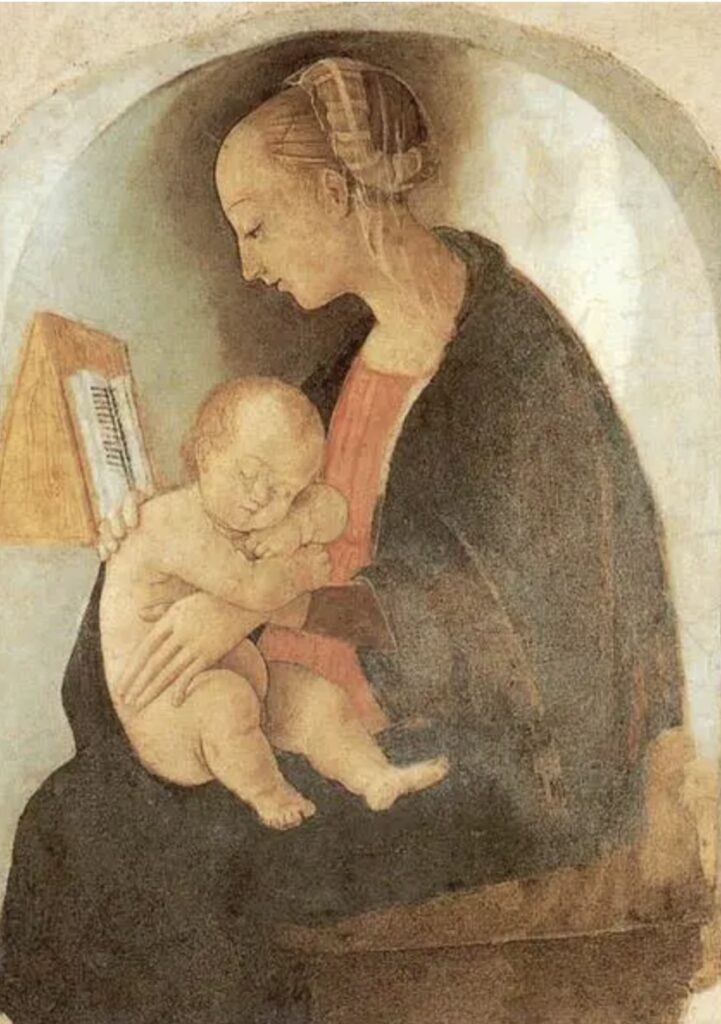
Urbino offers several interesting features beyond its historical monuments, making it a captivating destination:
- Vibrant University Life:
- Description: The University of Urbino, founded in 1506, brings a youthful and dynamic atmosphere to the town. The presence of students and academic events adds vibrancy to Urbino’s cultural scene.
- Activities: The university hosts various lectures, conferences, and cultural activities that visitors can attend, offering a glimpse into contemporary academic life.
- Scenic Landscape and Views:
- Description: Urbino is surrounded by the rolling hills of the Marche region, offering stunning panoramic views. The natural beauty of the area enhances the town’s charm.
- Activities: Visitors can enjoy hiking, nature walks, and picnics in the picturesque countryside. The Albornoz Fortress provides one of the best vantage points for breathtaking views.
- Local Cuisine:
- Description: Urbino boasts a rich culinary tradition, featuring local specialties such as crescia (a type of flatbread), passatelli (a type of pasta), and truffles from the nearby Acqualagna region.
- Activities: Exploring local trattorias and restaurants allows visitors to savor authentic Marche cuisine. The town also hosts food festivals and markets showcasing regional products.
- Cultural Events and Festivals:
- Description: Urbino hosts various cultural events throughout the year, celebrating its artistic and historical heritage.
- Notable Events:
- Urbino Music Festival: A summer festival featuring classical and contemporary music performances.
- Festa del Duca: A historical reenactment festival held in August, celebrating the Renaissance period with parades, costumes, and performances.
- Artisanal Crafts and Shopping:
- Description: The town is known for its artisanal crafts, including ceramics, textiles, and paper products.
- Activities: Visitors can explore local shops and workshops to purchase unique handmade items. The town’s markets offer a range of crafts and local produce.
- Literary and Artistic Heritage:
- Description: Urbino’s rich literary and artistic history is celebrated in various ways, including through museums and cultural institutions.
- Activities: Visiting the town’s libraries, such as the Biblioteca Universitaria, and exploring exhibits related to local writers and artists can provide deeper insight into Urbino’s cultural legacy.
These features, combined with the town’s historical monuments, create a well-rounded and enriching experience for visitors to Urbino.
